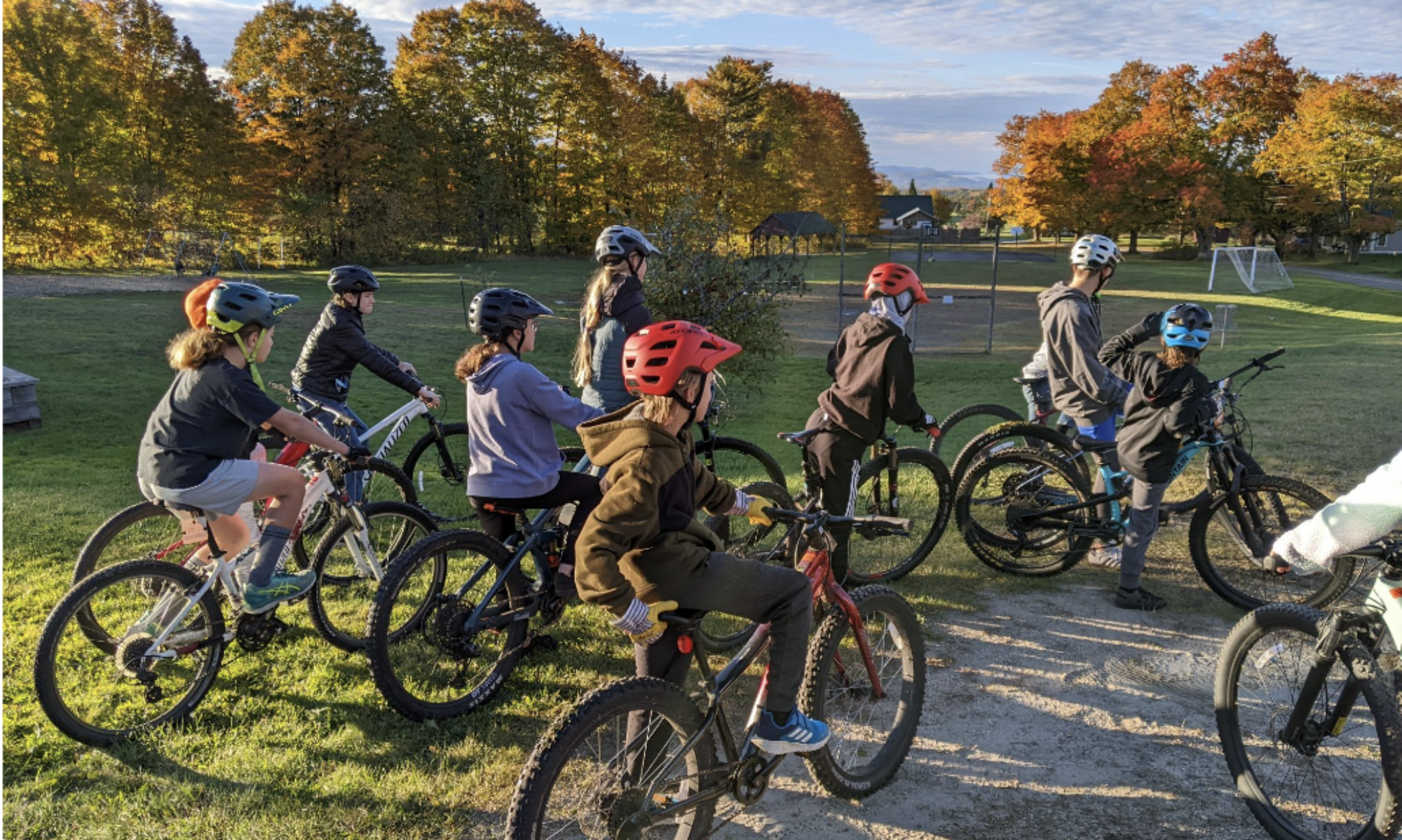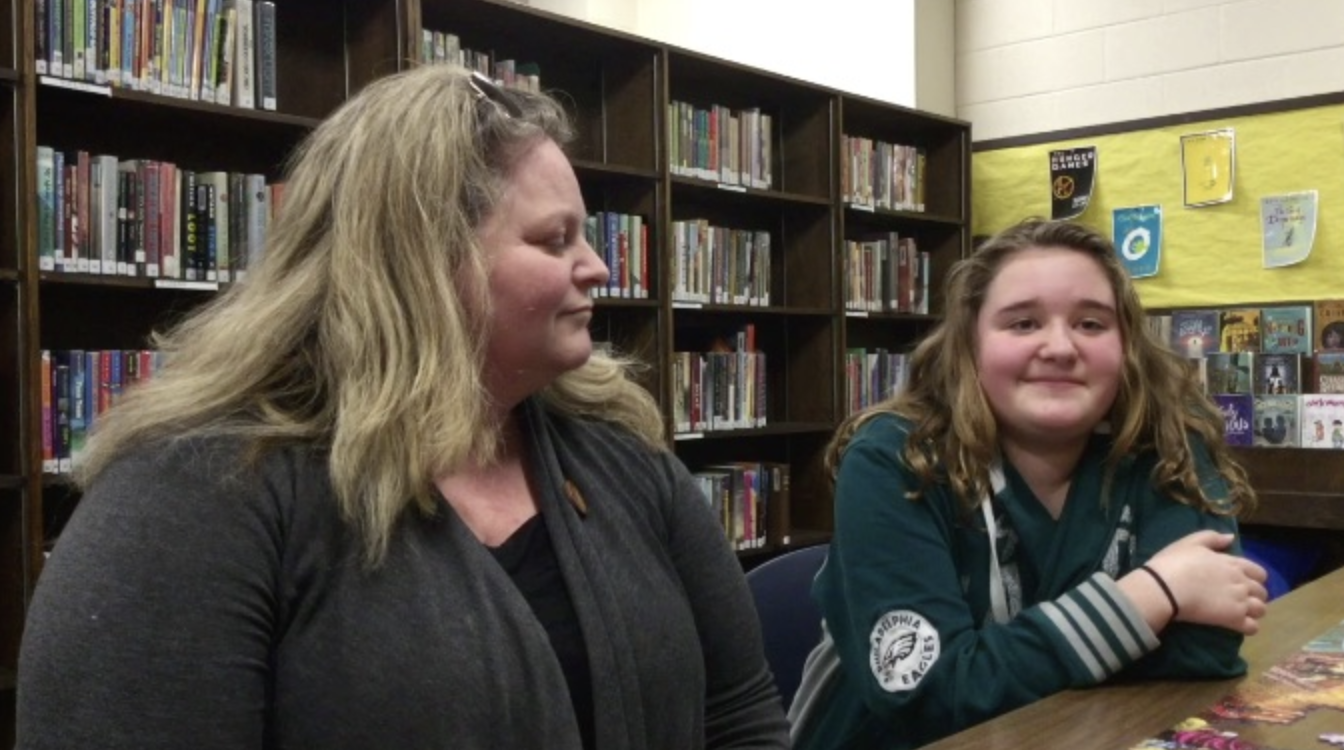A student-led conference that brings together the student, teacher, and parent or guardian is a very powerful thing. It puts the student in the driver’s seat. This format varies a bit from the traditional parent-teacher conference. There is no mystery and student anxiety as they sit home and wait to find out what teachers said about them. Along with the teacher and their caregivers, the student is part of the process. In fact, the student is leading the conversation as they share about themselves and their learning.
This fall, I want to help you create your best ever Student-Led Conferences. All the while knowing they may be virtual. We may not be able to sit together around a cozy table and see each other face to face. Whether you are meeting in person or facilitating the screens of a video call, here is how to harness the power.
Collect information before the student-led conference
Before the conference, reach out to your students’ caregivers and ask them some questions. Craft these questions so you get to know their home environment, the strengths they bring to supporting their child as a learner, and to learn what they may need from you in collaboration during this year. In this blogpost about making pandemic conferences work, we suggest that this little bit of connection and work before the conference occurs pays off.
You might choose, for example, to send a questionnaire home before the conference. That may look like giving a paper copy to the student and asking that they deliver it to home. In some cases, creating a Google form to collect information or sending the questionnaire directly to parents via email makes sense. Do whatever you can to ensure that parents and caregivers can access and participate in that questionnaire before the conference. Of course, find a simple way for them to return it to you, whether that’s by email or physical drop-box. Here’s a sample questionnaire that you may use.
Use a clear structure or outline
We know that when we set clear expectations and outline a clear process for students, they can successfully share about themselves.
When we moved to remote learning in 2020, our team wrote about how to engage students and families in effective conferences over the computer. We suggest that using a formal outline or structure helps the conversation move smoothly. You might try this format:
Possible agenda:
- Welcome! How are you? This is so hard! What do you need
- Student presents work
- Family asks questions
- Teacher asks questions or makes comments
- Celebrate student progress
- Ponder next learning steps together
- Close with gratitude for everyone
Many schools have found success in giving students a slideshow template. The students copy and then create to make it their own. Then the slides prompt and guide the conversation for all. See the example below.
Create intentional engagement for caregivers
Caregivers want to be engaged at a student-led conference, so set up intentional structures for their participation. It’s possible for you to build in prompts for the student to ask their guardians for their thoughts and feedback. Notice how the suggested agenda above gives specific time for caregivers to ask questions about the student work. Another option is to develop a slideshow that allows students to add contributions from their family. The slideshow that we shared does embed caregiver engagement.
When we create intentional engagement structures for parents and guardians during the conference, there is room for their feedback. Caregivers should feel like there is time for their questions and concerns. Hopefully, there is space for them to give some pats on the back to their student. After all, that may be the very ultimate outcome for a student-led conference. Wouldn’t it be amazing if every student felt validation and admiration as a result? This blogpost and video show how explicit parent engagement can make the conference a true celebration.
Note that the conference shared in this video took place prior to masking and social distancing measures.
Let’s imagine that you have these 20-30 sacred minutes to facilitate a precious conversation. I hope that you can add these tools to your toolbox, so you can create a sense of community during that time. Most importantly, use the time to amplify your student’s voice and invite the other voices to contribute to this moment about growth and possibility.


